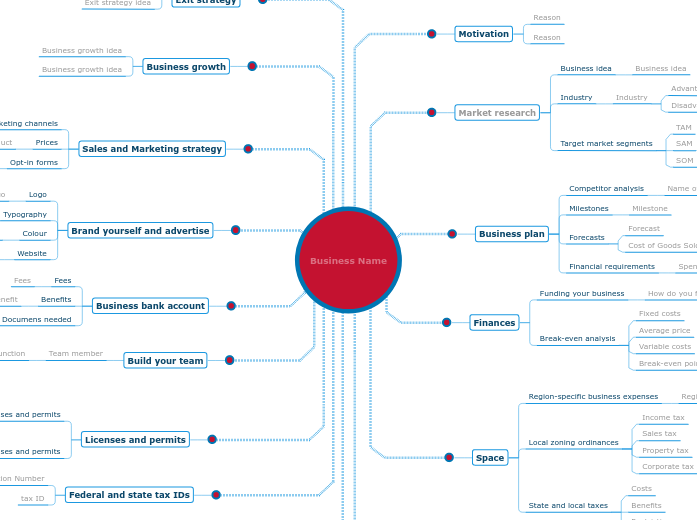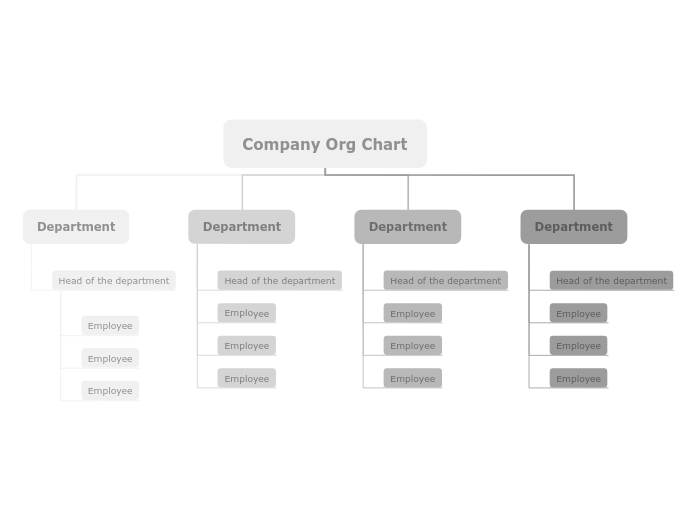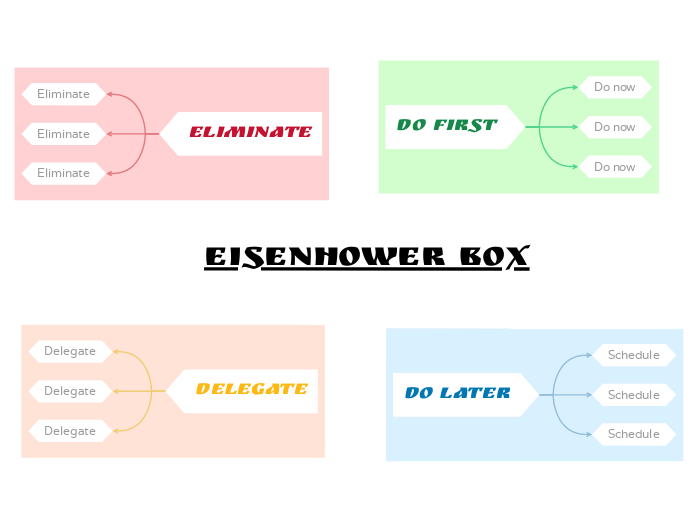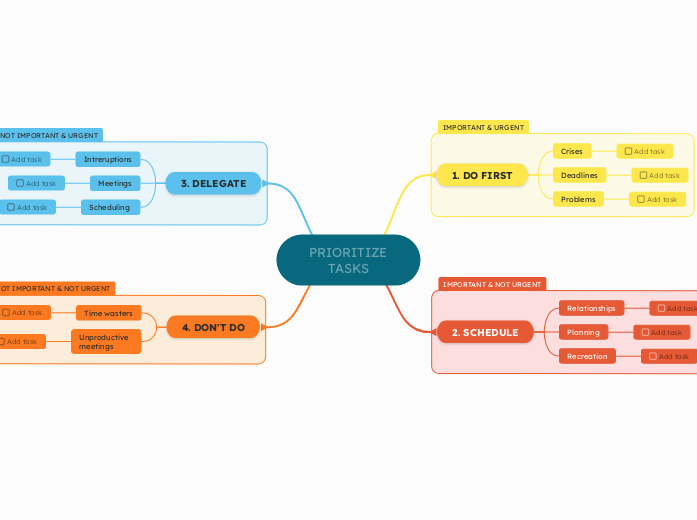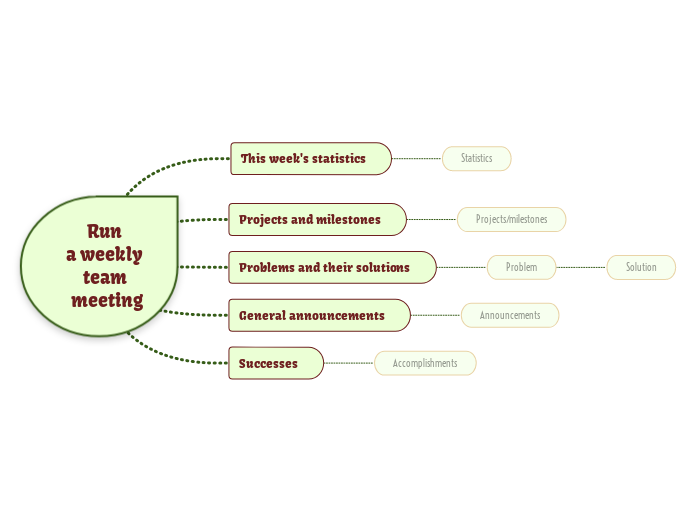How to start and launch your business from scratch
You want to know how to start a business from scratch? Use this template to create a strategy for starting a business.
Starting a business can be difficult, but following these steps will help you.
Motivate yourself.
Think about the reasons why you are starting a business. These reasons will motivate you not to give up in case you find it difficult along the way. Set goals and follow them. Also, think about building a business that will assure you a job that caters to your strengths.
Do market research.
Before starting a business, you have to find information about people’s interests. Do some market research to find out what product or service they are interested in.
Think about a business idea that nobody tried before. You need only one business idea, but that idea must ensure your success.
Think about the type of activity that your company will perform. Analyze the existing industries and choose one of them. Some examples of popular industries are:
The Business Services Industry;
The Food and Restaurant Industry;
The Food and Restaurant Industry;
The General Retail Industry;
The Technology Industry;
The Health, Beauty, and Fitness Industry;
The In-Home Care Industry;
The In-Home Cleaning and Maintenance Industry;
The Sports and Recreation Industry;
The Travel and Lodging Industry;
The Automotive Repair Industry.
Think about the advantages and disadvantages of investing in each industry.
In the market research stage, you will have to define your target market segments. The target market refers to customers with similar characteristics that are most likely to be profitable segments for your business.
Write a business plan.
To attract new investors and customers for your small business you have to write a business plan. There are four types of business plans: operational plan, strategic plan, tactical plan, and contingency plan.
Every business has competition. First, think about your competitors. Who are they? What are their strengths and weaknesses? Think of ways to implement their good features in your business and to capitalize on their weaknesses.
Set goals. Show investors that you have some milestones. For example, if you are producing a consumer product, you can have milestones like prototypes or finding manufacturers.
If you are a product company, break down your forecast into major product categories. Think about the expenses related to making your product or delivering your service (cost of goods sold). This does not include regular business expenses such as rent, insurance, salaries, etc.
In the financial requirements section of your plan, show investors how you are going to spend the money they will give you. Some major areas can be marketing, sales, and purchasing inventory.
Think about finances.
Calculate the budget you will need from the beginning. Start building a business only when you have all the necessary money. Also, it is possible to incur unforeseen expenses, so you have to prepare for that.
Find a place to carry out your activity.
When you will try to find a space for your business, take into consideration some aspects like region-specific business expenses, local zoning ordinances, and state and local taxes.
Decide what kind of structure you want for your business.
There are many types of business. Learn about the various legal business structures that are available. Determine which type of entity is the best for your needs.
Depending on the structure, the businesses are grouped in:
Sole proprietorship;
Partnership;
Limited liability company;
Corporation.
The most common type of organization is the sole proprietorship. It is a business that can be owned and controlled by an individual, a company, or a limited liability partnership.
Register your business.
To become an officially recognized business entity, you must register your business. You will need a well-defined business purpose. This is the reason you have formed your company boiled down to a single sentence.
Also, you have to declare the types of stocks you have. There are four types of stocks that an investor should own:
Growth stocks - the shares you buy for capital growth;
Dividend stocks - stocks of choice for the income-seeking investors;
Initial Public Offerings - stocks that mark the first time that companies make their shares available to the public;
Defensive stocks - stocks that provide a constant dividend and report stable earnings regardless of the state of the share market as a whole.
Get federal and state tax IDs.
Learn how to organize your taxes and prepare for making a profit.
You’ll need your employer identification number (EIN) for essential steps to start and grow your business, like opening a bank account and paying taxes. Some states require you to get a tax ID as well.
Get licenses and permits.
If your business activities are regulated by federal agencies, you will need to get a federal license or permit.
The licenses and permits you need from the state, county, or city will depend on your business activities and business location.
If your business is a sole proprietorship and offers services to customers, professional liability insurance is worth considering.
Build your team.
Converting your idea into a successful business might be a full-time job for you, but you can not do everything on your own. Recruit some employees to help you.
Write job postings on various job platforms. Make sure you find people that will be interested in a long-term collaboration, so you can plan everything in detail and define each task based on the number of employees you have.
If their long-term goal is to help your business grow, then they are the perfect candidates.
Find a bank account suitable for your needs.
There are many bank accounts to choose from and each of them has benefits. Find a business bank account that suits your needs. Look some of the following benefits:
Low introductory offers;
Low-interest rates for savings and checking;
Low-interest rates for lines of credit;
Low transaction fees;
Early termination fees;
Minimum account balance fees.
Brand yourself and advertise.
Before you start selling your product or service, you need to build your brand.Create a logo that can help people easily identify your brand. Choose a font pair and a color for your brand.
Business owners usually create a website at this point using a content management system platform or hire somebody to build the website for them.
Create a sales and marketing strategy.
Think about a marketing plan and contact suppliers in advance.
Find different ways to promote your business. Sell your product or service through many marketing channels like social media, email marketing, content marketing, and Pay-Per-Click marketing.
First, make a list of email addresses and promote your business in a free and easy way through e-mail marketing. At some point, you can automate the process of sending emails. While doing SEO optimization, run some paid campaigns. You can also use email addresses from people that showed interest to retarget them with Facebook Ads campaigns.
Grow your business.
A small business is a good start. Although, if you want a successful business, you have to think about some growth strategies.
Some strategies that help business owners to grow their business are:
Collaborate with more established brands in their industry;
Partner with a charity organization;
Volunteer;
Attend networking events;
Host events;
Offer great customer service;
Measure what works and refine their approach.
Establish some long-term business goals like increasing overall brand awareness or increasing the total income of your company by 20% over the next three years.
Think about an exit strategy.
Business owners should always be positive but also cautious. Prepare an exit strategy in case your business idea does not work. Here you have some examples:
Sell your small business to investors;
Sell it to another company;
Turn it into an online business to reduce taxes;
Make as much money as possible, then close it down.
Starting a business means investing time and money. Prepare for that and make sure you will get the expected results.
Think of a name for your business.
